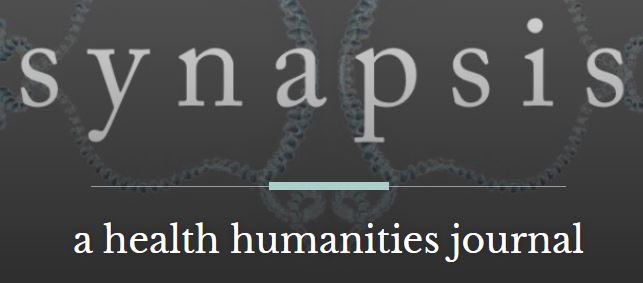In the seventeenth century, Shakespeare had already begun to serve as a vehicle of British colonial aspirations, bearing conjoined messages about nation, empire, and civilization, justifying cultural domination, and serving as the touchstone of literacy for new British subjects. At the same time, the multiple geographies of the plays themselves—moving across “The Globe” from Inverness to Libya, Syria to Navarre, the “seacoast of Bohemia” to the never-never-island of The Tempest—helped to destabilize their meaning, revealing “more things on heaven and earth” than British Shakespeare missionaries might ever have dreamt. In the twentieth- and twenty-first centuries, rapidly changing media, the acceleration of global communication, norms of interpretive innovation, and the desire to turn imperial cultural tools against themselves combined not only to multiply the number of Shakespeare productions but to diversify still further their settings and implications. In this course, we will examine adaptations of Shakespeare (primarily on film) by directors working in a variety of media, languages, and places. Close reading of performance and cinematic detail will undergird broader discussions of how media, politics, economics, local, national, and cosmopolitan identities (and more) shape interpretation. (Note: This course fulfills the post-1700 requirement, and may be taken as either a 6000- or 4000-level course.)
The Heyman Center for the Humanities, Room B-101
74 Morningside Drive
New York, NY, 10027
(212) 854-4541
(212) 854-3099


